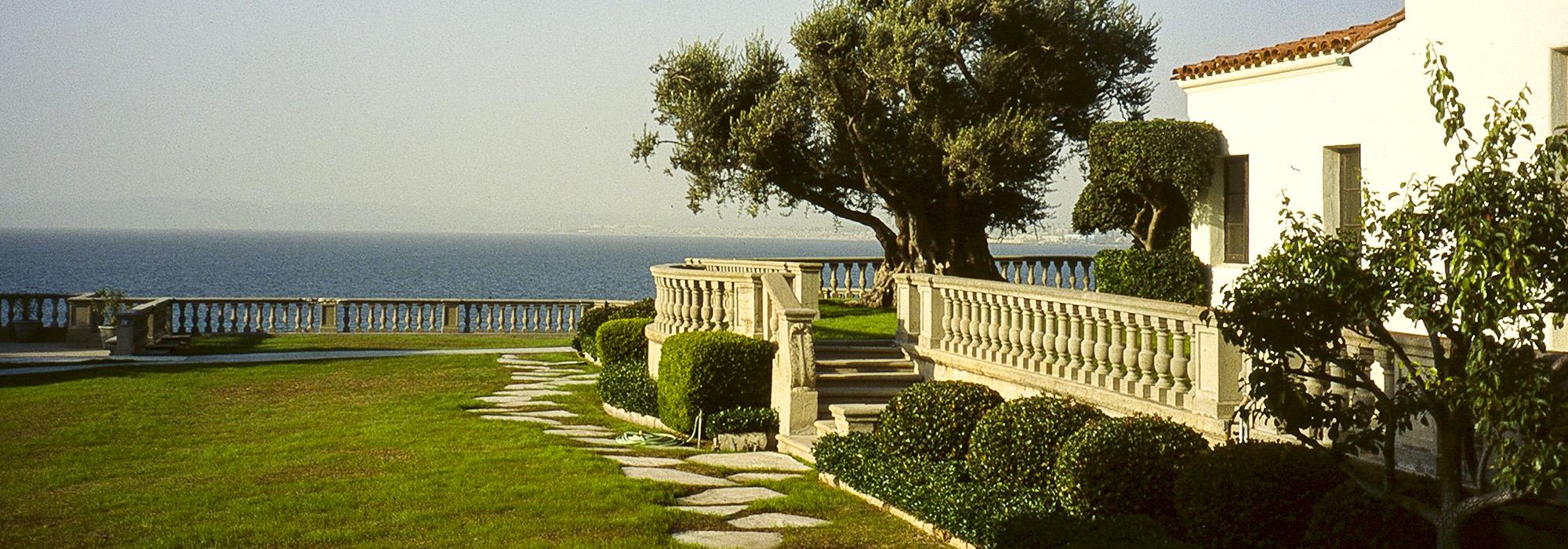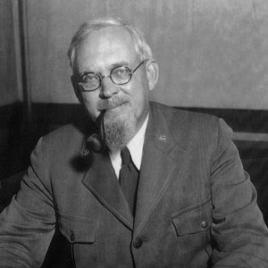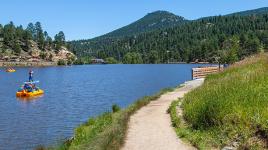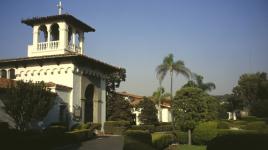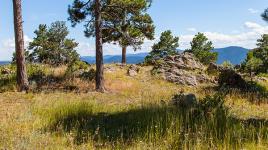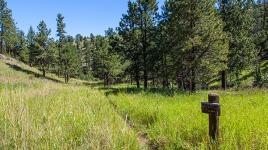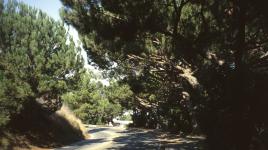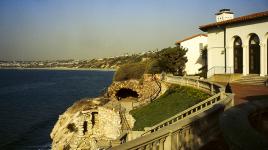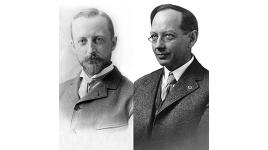Pioneer Information
Born in Riverton, Kentucky, Gibbs earned a bachelor's degree in science from the University of Illinois in 1900 and a B.S.L.A. from Harvard University in 1904. Following graduation, Gibbs traveled throughout Europe studying parks and gardens before joining the Olmsted Brothers in 1905. While there, he worked on planning projects across the United States, including parks in Fall River, Massachusetts, and the Denver Mountain Park System. Gibbs departed the Olmsted Brothers firm in 1914 to join the Boston City planning board, where he analyzed methods for making the city’s North End and East Boston more livable. His results were published in the report East Boston: A Survey and Comprehensive Plan. During World War I, Gibbs served in the Construction Division of the U.S. Army and aided in camp planning. He remained in Europe after the war, overseeing the establishment of American cemeteries for the National Commission of Fine Arts, including the Flanders Field American Cemetery & Memorial. Upon his return to the United States in 1923, Gibbs rejoined the Olmsted Brothers firm in Palos Verdes, California, where he supervised the development of the Palos Verdes Estates, the Pacific Palisades in Los Angeles, and the British Pacific Properties in Vancouver. At the onset of the Great Depression, Gibbs entered the Civilian Conservation Corps and headed the Omaha Office of the National Park Service (NPS). He subsequently joined the NPS’ San Francisco Office in 1936 where he developed master plans for sites in Northern California, such as the Redwood Highway and Wild Cat Canyon. After returning to Palos Verdes in 1938, Gibbs opened his own planning practice, while also consulting on the Olmsted Brothers’ West Coast projects. Gibbs was named a Fellow of the American Society of Landscape Architects in 1919. He passed away in Palos Verdes at the age of 72.



